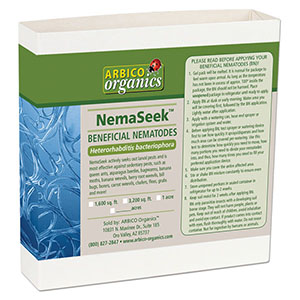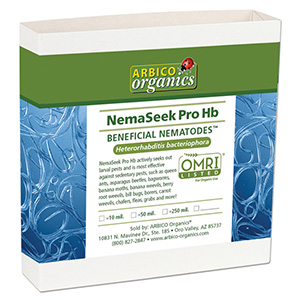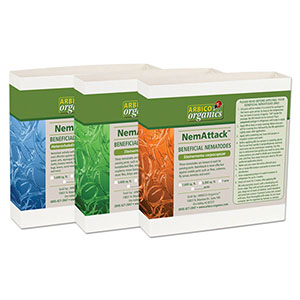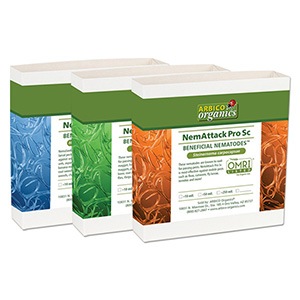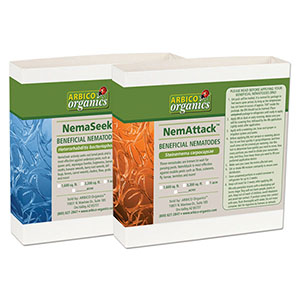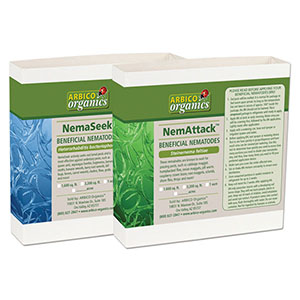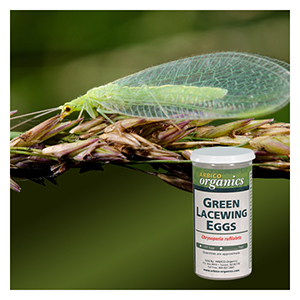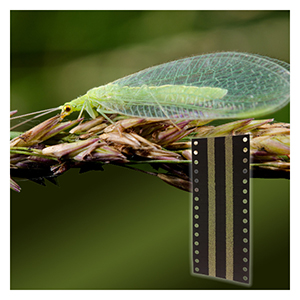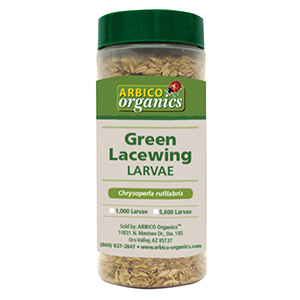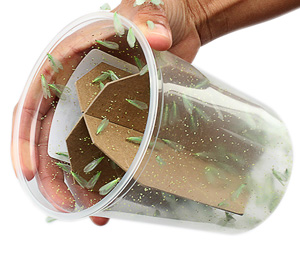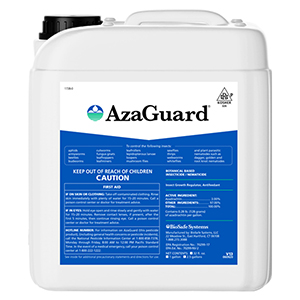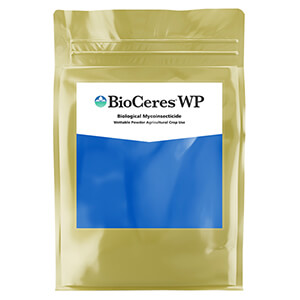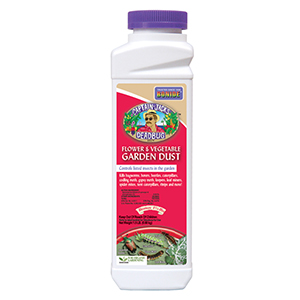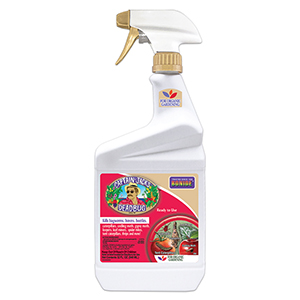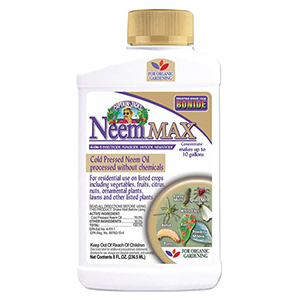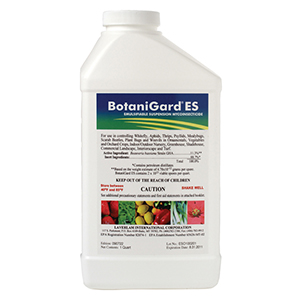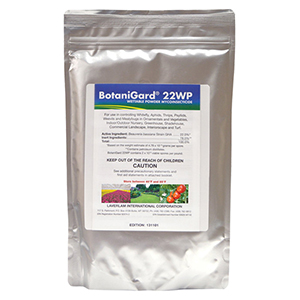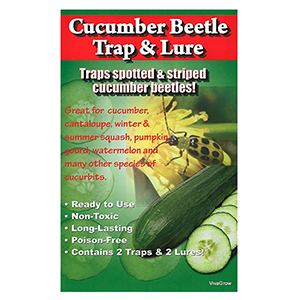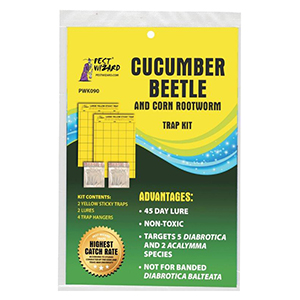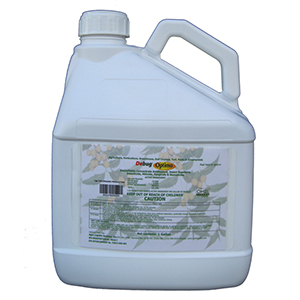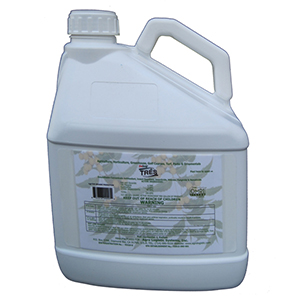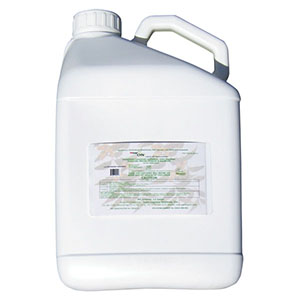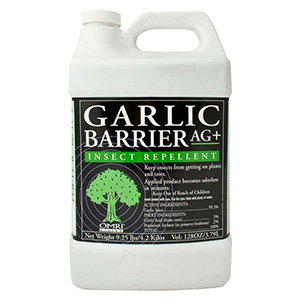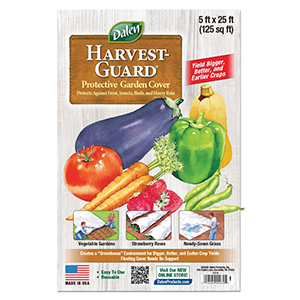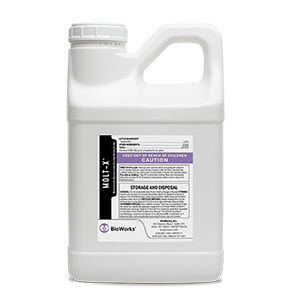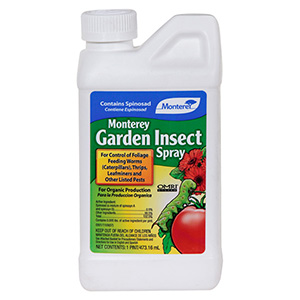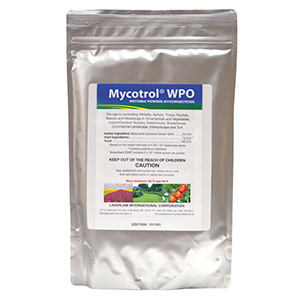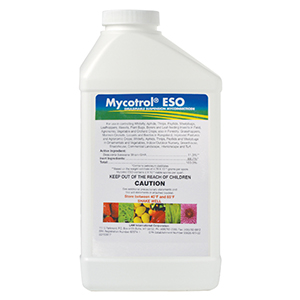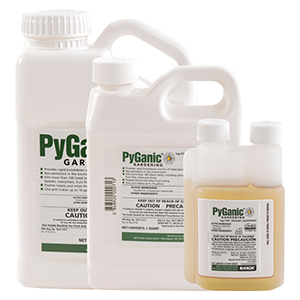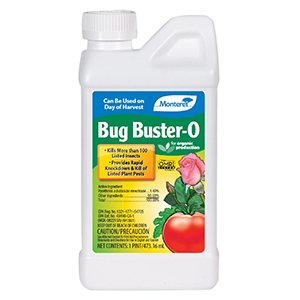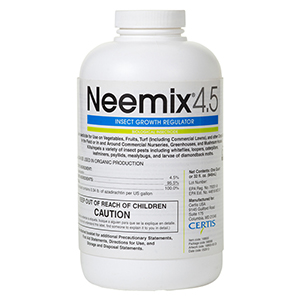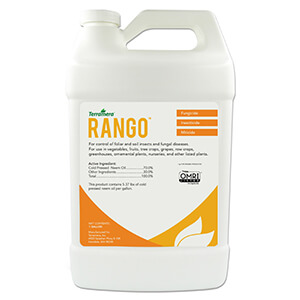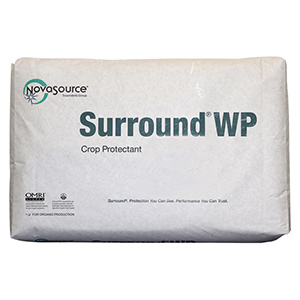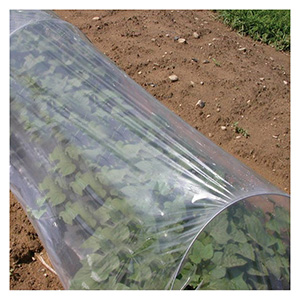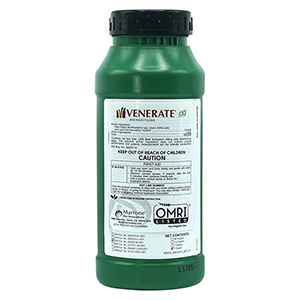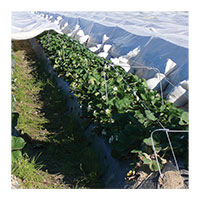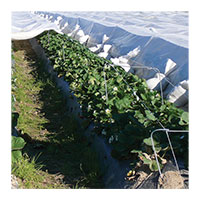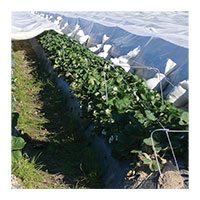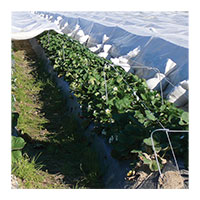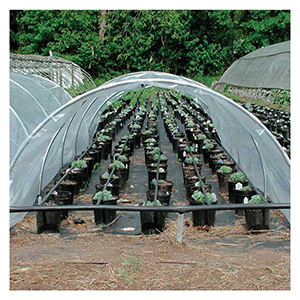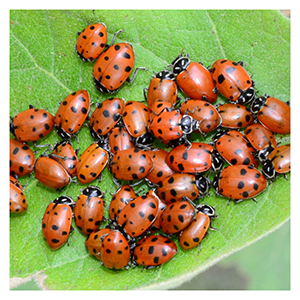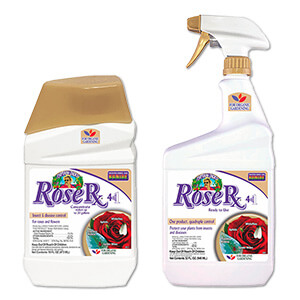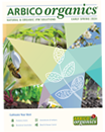Cucumber Beetle
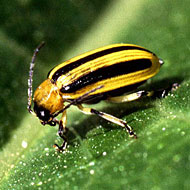 |
How To Control Cucumber Beetles Using IPM
There are two common types of cucumber beetle, striped (Acalymma vittatum/A. trivittatum) and spotted (Diabrotica undecimpunctata howardi Barber), whose names refer to the markings on their bodies. Both varieties are common pests of plants in the cucurbit family (Cucurbitaceae); however, cucumber beetles also feed on other plant varieties if an optimal host is not readily available.
Identification: Adult cucumber beetles are 5 to 6 mm in length and greenish yellow in color with a black thorax. Eggs are laid in groups of 25-50, are yellow in color, oval in shape, and measure about 0.35 mm in width. They are often deposited in cracks in the soil, but are also found under leaf surfaces requiring five to nine days to hatch (dependent on soil moisture). Once hatched, larvae feed on plant roots and tunnel through stems as they mature through three instars. Complete larval development takes between two to 3 ½ weeks after which the larvae pupate in the soil. Pupation lasts four to ten days and adults emerge to feed, mate and lay eggs.
Cucumber Beetle Damage:
Vegetable crops damaged by the cucumber beetle include cucumber, squash, beet, bean, pea, sweet potato, okra, corn, lettuce, onion, and various cabbages. The cucumber beetle is known to vector viral diseases in beans; however, damage caused by larvae and adults can increase the incidence and severity of bacterial wilt (Erwinia tracheiphila). Adult cucumber beetles severely defoliate plants and scar fruit, reducing their marketability.
Controlling Cucumber Beetles:
- Inspection is a key element of prevention and control. Monitor plants and growing areas, including the growing medium, for any signs of pests. Use baited traps early in the season where cucumber beetles are known to be a problem. Manually remove any visible egg clusters or adults and dispose of them.
- Use floating row covers to protect seedlings and new plantings. Maintain monitoring techniques to catch any pest issues early and determine if action is needed.
- Introduce beneficial insects early in the growing season and supplement populations if pest levels increase. Ladybugs, green lacewing and assassin bugs will all feed on various life stages of cucumber beetles.
- NemaSeek (Hb) beneficial nematodes should be applied to the soil of infested areas to control the pupal stage of the cucumber beetle.
- If adult feeding damage is identified, apply kaolin clay (Surround WP) to plant foliage. The film left behind disorients insects and prevents feeding.
- Spinosad sprays can be applied as soil drenches to kill larvae before they pupate in the soil.
- B. bassiana sprays infect and kill cucumber beetles once they have hatched. They are most effective when targeting non-adult stages.
- If immediate action and control is necessary, apply a pyrethrin or azadirachtin insecticide to the affected areas. Use caution if beneficial insects have been released or pollinators are present.
- Lastly and perhaps most importantly, maintain a clean growing area and rotate cucurbit crops. Remove debris and harvest before fruit drops to the ground. This reduces overwintering habitat for cucumber beetles.
Please see our Pest Beetle Control page for additional information about beetle control.
-
$36.00–$270.00
-
$52.00–$325.00
-
$61.00–$700.00
-
$125.00–$880.00
-
$60.00–$500.00
-
$60.00–$500.00
-
$27.00–$6,000.00
-
$30.00–$100.00
-
$26.00–$180.00
-
$50.00–$180.00
-
$275.00–$2,495.00
-
$90.00–$972.00
-
$6.75–$11.99
-
$9.99–$29.99
-
$13.99–$20.99
-
$110.00–$1,296.00
-
$95.00–$1,026.00
-
$19.25
-
-
$260.00–$936.00
-
$750.00–$2,700.00
-
$125.00–$225.00
-
$73.80–$3,005.00
-
$13.99–$24.99
$11.00–$24.99 -
$350.00–$975.00
-
$15.99–$124.49
-
$125.00–$1,350.00
-
$123.00–$1,422.00
-
$35.00–$285.00
-
$31.49–$58.79
-
$270.00
-
$34.95–$395.98
-
$56.25
-
-
$58.00–$260.00
-
$26.50–$1,125.00
-
$19.99–$1,120.00
-
$28.99–$1,525.00
-
$28.50–$750.00
-
$340.00–$602.00
-
$189.00
-
$12.95–$19.95
-
$10.99–$17.99

